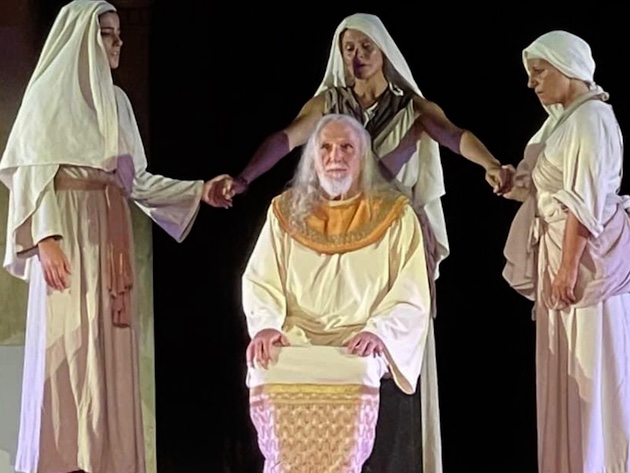
The theatrical drama Murder in the Cathedral, a little-known masterpiece by Thomas Stearns Eliot, on stage at the Quirino Theater directed by Guglielmo Ferro, has as its central theme the relationship between opposites, the strident contrast at the heart of Western civilization between Temporal Power and Spiritual Power, Reason and Faith, Individual and State, freedom and constraint.
The drama, written in verse by Eliot and performed in 1935, tells of the killing of Archbishop Thomas Beckett, which occurred in 1170 in Canterbury Cathedral, during the reign of Henry II of England, after an altercation with the royal knights. At the beginning of the drama, the Chorus, as in a Greek tragedy, introduces the tragic events that are about to happen.
The writer relied, for most of his information, on the writings of Edward Grim, a monk who was an eyewitness to the event. The crime scene is the cathedral, but the real drama that the author tells is the one that takes place in Beckett's conscience, committed to defending his beliefs in the face of a world that requires him to renounce everything he believes in; with his death, the archbishop in fact becomes a martyr of religious freedom in the face of the absolutism of reason of State.
The Quirino exhibition aims to highlight the historical "transversality" of this episode, removing the specific matrix of this conflict and at the same time restoring it to a much broader dimension.
With Moni Ovadia and Marianella Bargilli.
Photo credits: courtesy of the Quirino Theater official site
Informationen
Dal 13 al 18 febbraio 2024
Martedì e venerdì ore 21.00
Mercoledì ore 19.00
Giovedì, sabato e domenica ore 17.00
 Condividi
Condividi











































